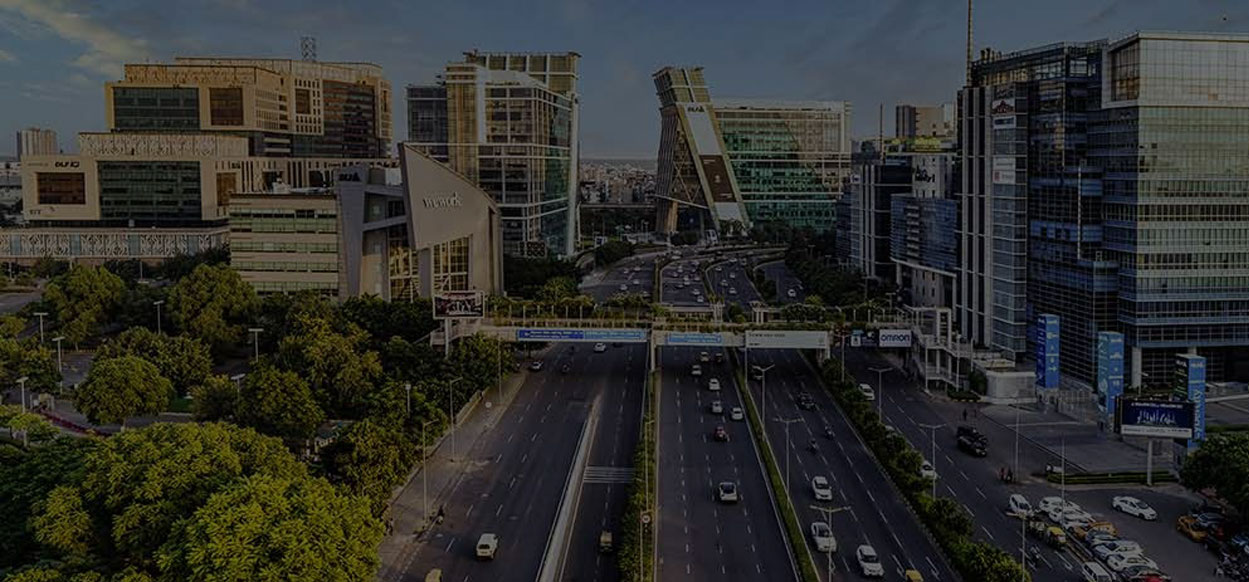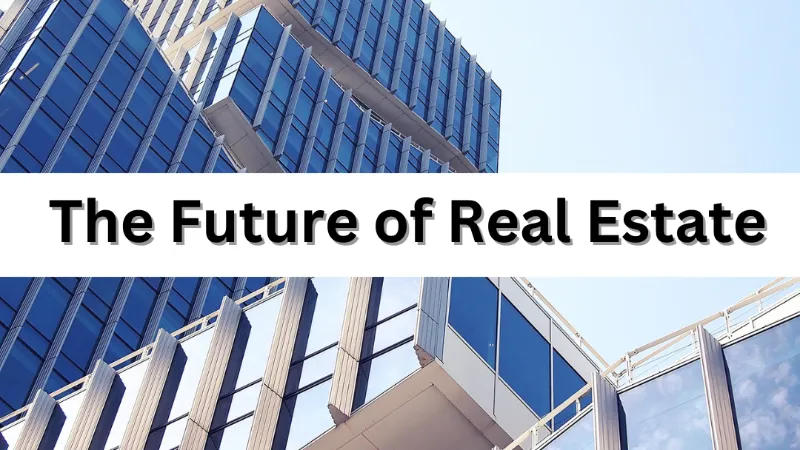




The real estate industry has always been a reflection of society's evolving needs and aspirations. From humble dwellings to towering skyscrapers, our homes and workspaces tell the story of how we live, work, and connect. As we step into 2025, the real estate market is undergoing seismic changes, driven by technology, sustainability, and a shift in consumer priorities. Let’s explore some exciting trends that are redefining real estate and the way we think about spaces.
Imagine waking up in a home that adjusts the thermostat to your preferred temperature, brews your morning coffee, and opens the blinds as you step out of bed. Smart home technology is no longer just a luxury; it’s becoming a standard feature in modern homes.
Key Features of Smart Homes:
Smart homes not only make life more convenient but also increase property value, making them a top priority for homebuyers.
With climate change concerns at an all-time high, eco-friendly properties are in demand. Developers are now integrating sustainable practices and green technologies into their projects, appealing to environmentally conscious buyers.
Sustainability Trends:
Properties that prioritize sustainability aren’t just good for the planet—they also offer long-term cost savings and better living conditions.
In urban hubs where space is limited, co-living is emerging as a practical and innovative solution. These shared housing setups cater to millennials, remote workers, and young professionals seeking affordable yet vibrant living environments.
Why Co-Living Works:
Co-living spaces are a great example of how real estate is adapting to the sharing economy.
Gone are the days when work, leisure, and living spaces were in separate corners of the city. Mixed-use developments combine residential, commercial, and retail spaces, creating self-sustaining mini-cities.
Benefits of Mixed-Use Projects:
These developments reflect the growing demand for live-work-play environments, especially in densely populated cities.
Why visit dozens of properties when you can explore them from the comfort of your couch? Virtual reality is transforming how properties are marketed, allowing buyers to take immersive 3D tours without stepping outside.
How VR Helps Buyers:
This technology is particularly useful for overseas buyers and investors, making the process faster and more efficient.
Luxury real estate has always captured our imagination, but today’s high-end homes offer more than just opulence—they promise an experience. From penthouses with private infinity pools to estates with dedicated wellness centers, luxury homes are pushing the boundaries of indulgence.
What Defines Modern Luxury:
For the ultra-wealthy, homes are not just a place to live—they’re a statement of identity and lifestyle.
The pandemic-era shift to remote work triggered a migration from cities to suburbs, and this trend continues to grow. Suburban properties now offer urban-level amenities, making them attractive to families and professionals alike.
Why Suburbs Are Thriving:
The “work from anywhere” culture has made suburban living a viable option for many.
While luxury homes dominate headlines, the need for affordable housing is more pressing than ever. Governments and developers are working together to create budget-friendly housing options without compromising on quality.
Innovative Solutions in Affordable Housing:
Addressing the housing crisis is critical for creating more inclusive cities.
The real estate industry is at the forefront of some of the most exciting innovations of our time. Whether it’s smart homes, eco-friendly buildings, or virtual reality tours, these trends are reshaping how we interact with spaces.
As a buyer, seller, or investor, staying ahead of these trends can help you make informed decisions and tap into the opportunities of tomorrow. The future of real estate is here, and it’s more dynamic, sustainable, and customer-centric than ever before.
What trends excite you the most in real estate? Let us know in the comments below!
Give your Comments